Description
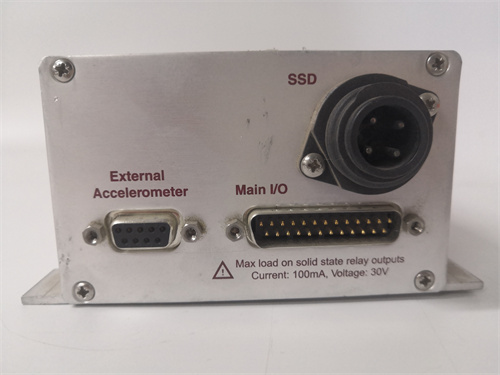
Parameter Specifications
Power Supply: It typically operates on a 24V DC power supply, with a current consumption of around 0.5A, ensuring stable power input for normal operation.
Processor: Equipped with a high – performance industrial – grade processor, which may have a clock speed of up to 1GHz, enabling fast data processing and execution of control algorithms.
Memory: It has 1GB of RAM for smooth runtime operations and 4GB of non – volatile storage for storing system programs, configuration files, and historical data.
Communication Interfaces: Multiple communication interfaces are available, including two Ethernet ports supporting 10/100Mbps data transfer rates, two RS – 485 ports for Modbus RTU communication, and one USB port for data transfer and device connection.
Applications
Industrial Automation: In manufacturing plants, it can be used to control and monitor production lines. For example, it can manage the operation of conveyor belts, robotic arms, and CNC machines, ensuring efficient and accurate production processes.
Building Management Systems: It is suitable for controlling and monitoring building facilities such as HVAC systems, lighting, and access control. It can optimize energy consumption and improve the comfort and security of the building.
Power Distribution Monitoring: In power grids, it can monitor electrical parameters such as voltage, current, and power in substations and distribution cabinets, providing real – time data for power management and fault detection.
Weight and Dimensions
Weight: Approximately 2 kg, which is relatively light and easy to handle during installation and maintenance.
Dimensions: The device has a compact design, with dimensions of about 220mm (length) x 180mm (width) x 60mm (height), allowing it to be easily installed in standard control cabinets.
Features
Flexible Configuration: It can be easily configured according to different application requirements. Users can customize input/output settings, communication protocols, and control logic through a user – friendly software interface.
High – speed Data Processing: With its powerful processor and sufficient memory, it can process large amounts of data in real – time, ensuring quick response to changes in the industrial environment.
Remote Monitoring and Control: It supports remote access via Ethernet, enabling operators to monitor and control the device from a central control room or even from a remote location, improving operational efficiency.
Stability and Reliability
Robust Hardware Design: The device is built with high – quality components and a sturdy enclosure, which can withstand harsh industrial environments, including high temperatures, humidity, and vibrations.
Redundancy and Fault – Tolerance: Some models may offer redundant power supplies and communication interfaces to ensure continuous operation in case of component failures.
Long – term Testing: Through extensive long – term testing and quality control procedures, it has been proven to have a high level of stability and reliability over a long service life.
Practical Case
In a large – scale automotive manufacturing plant, the PCH1026 is used to control a robotic welding production line. It monitors the position and movement of robotic arms through sensors connected to its input channels. Based on pre – programmed algorithms, it adjusts the welding parameters in real – time to ensure high – quality welds. One day, a power outage occurred in a part of the plant. However, due to the redundant power supply feature of the PCH1026, the system continued to operate without interruption. Moreover, the remote monitoring function allowed the maintenance team to quickly diagnose the problem and restore normal power supply, minimizing production downtime and ensuring the smooth progress of the production line.
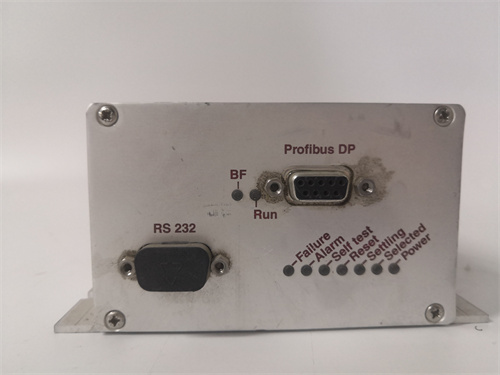



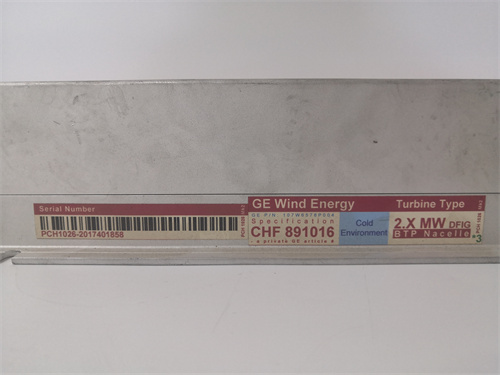

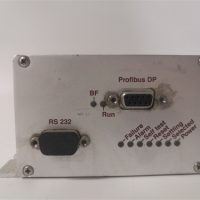
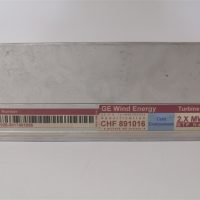
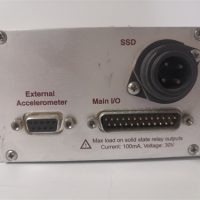
.jpg)
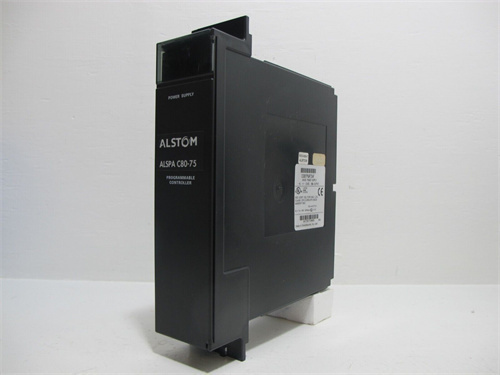




Reviews
There are no reviews yet.